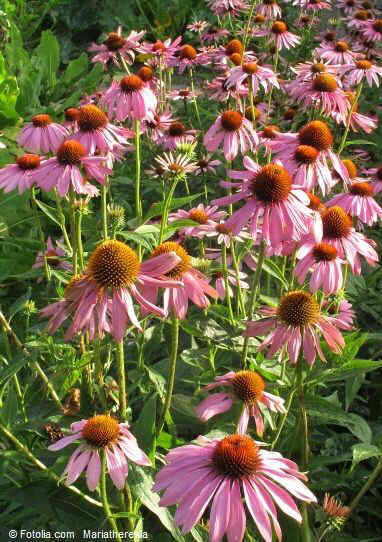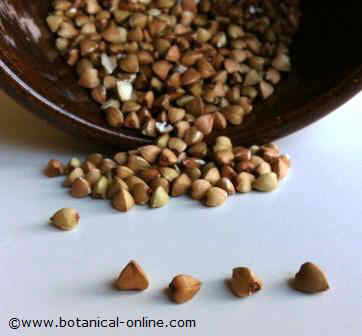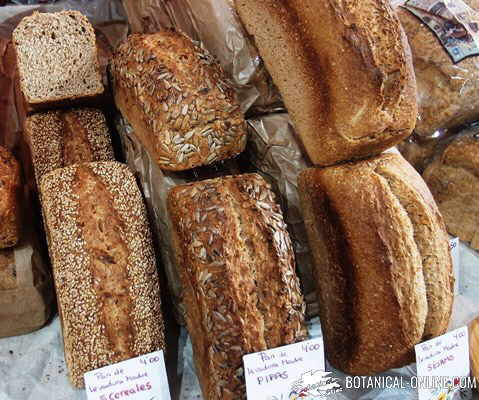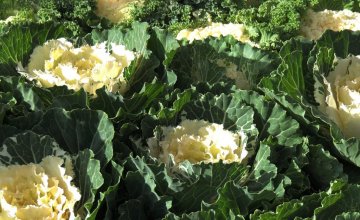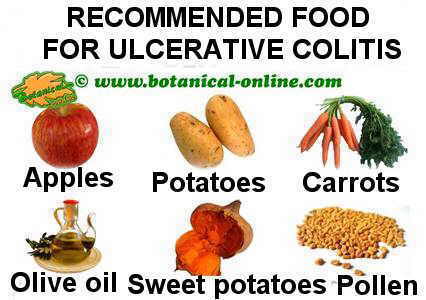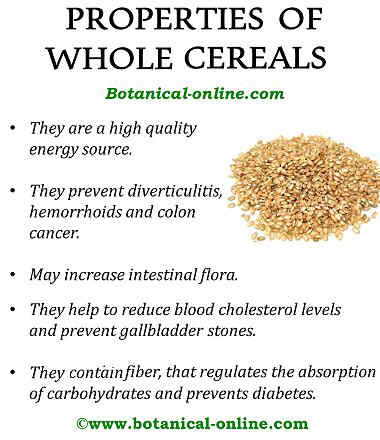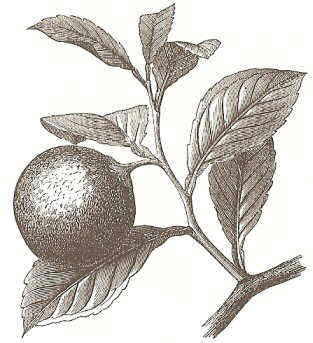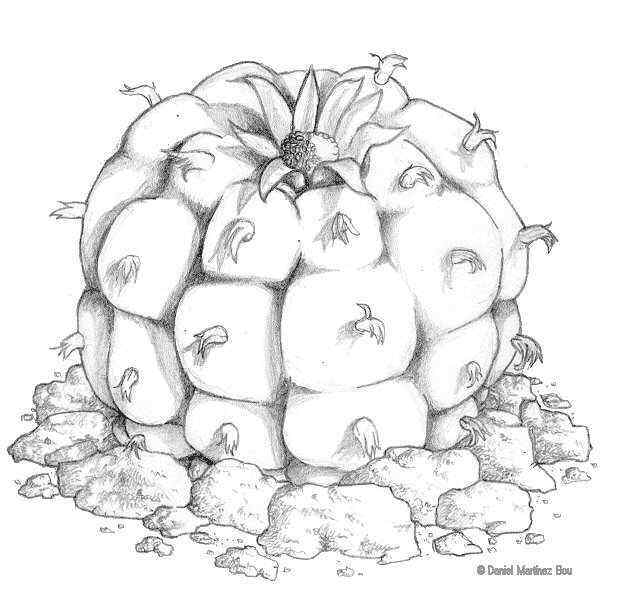Contents
Black mustard components (Brassica nigra)
WHAT ARE THE MAIN COMPONENTS OF BLACK MUSTARD
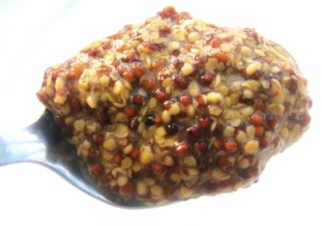 In the image: photography of Dijon mustard traditional sauce,made with whole grains.
In the image: photography of Dijon mustard traditional sauce,made with whole grains.
Among the main components of mustard we have to point out the following:
Glucosinolates in black mustard
The main glucosinolate is sinogroside (3.57%) (also called sinigrin), allyl glucosinolate or potassium myronate), allyl cyanide, allyl rhodanide. These components are responsible for the unique hot taste of mustard and other cruciferous plants such as cabbage or arugula.
Myronic acid, which in contact with water (or saliva) becomes the enzyme myrosinase. This enzyme is a component that, in contact with glucosinolates, transforms them into other components called isothiocyanates.
Myrosinase is released when chewing the leaves or grains of the mustard plant. It comes into contact with glucosinolates giving way to isothiocyanates.
Isothiocyanates are substances with anticancer and antifungal properties. In ancient times, mustard had an important role as an antimicrobial, although currently this role has been displaced by antibiotics and isothiocyanates stand for exercising an important role in the diet against cancer.
Allylsevenol isothiocyanate (allyl isothiocyanate) is responsible for the smelly and spicy taste of mustard.
Other components of mustard
- Mucilage (20%) with emollient effect to counteract the revulsive effect of its oil.
- Fat (30%): unsaturated fatty acid: erucic acid (= brasic acid) (50%), oleic (30%) linoleic (20%) and gadoleic acid.Erucic acid has been shown to have toxic effects on health. For this reason, mustard oil is not intended to food.
- Protein
- Amino acids: arginine, cystine, histidine, lysine, leucine, isoleucine, methionine, phenylalanine.
- Vitamins: Vitamin C, beta carotene (leaves), riboflavin, niacin
- Minerals: calcium, iron, magnesium, manganese, potassium, phosphorus, sodium, zinc.
- The plant leaves are rich in oxalates and glucosinolates. They reach their highest level of glucosinolates when flowering. It should not be used to feed the animals because these components are toxic to livestock.
- Phenols: gallic acid, quercetin, rutin, caffeic acid
- Organic acids: protocatechuic acid (antimicrobial), chlorogenic acid, coumaric acid, ferulic acid, vanillic acid.
- Alkaloids: sinapine (0.5%). Gives the mustard a characteristic bitter taste. It is an ester of sinapic acid and choline.
- Essential oil: allyl isothiocyanate or allyl senevol is considered the essence of the common mustard (Brassica nigra). This component is used in many pharmaceutical preparations.
![]() More information on mustard.
More information on mustard.

